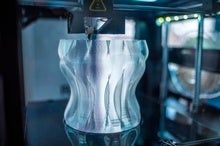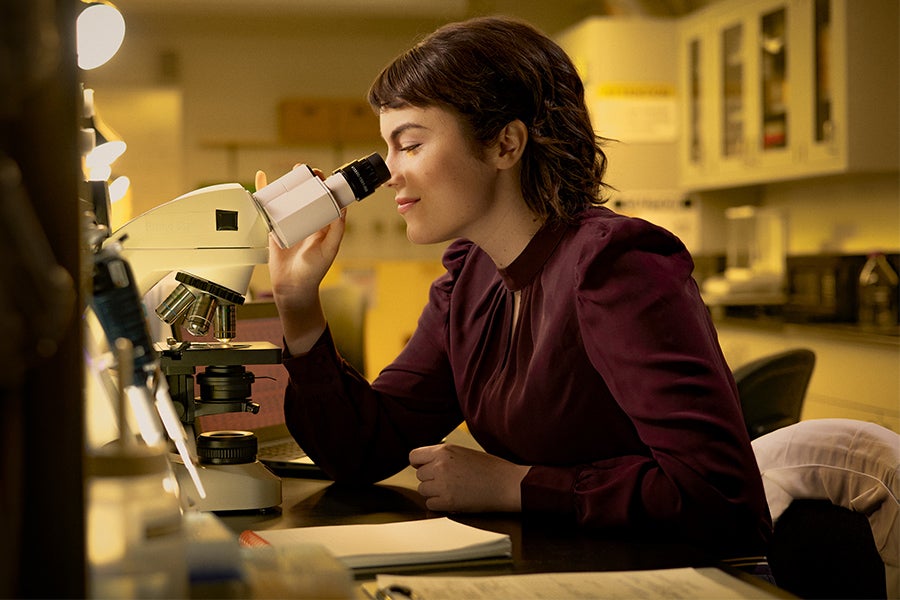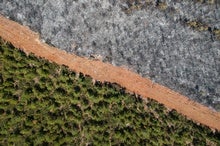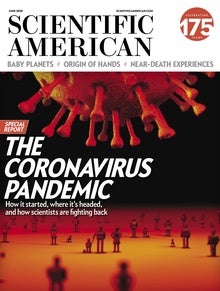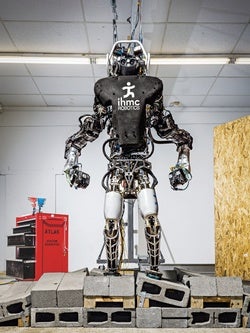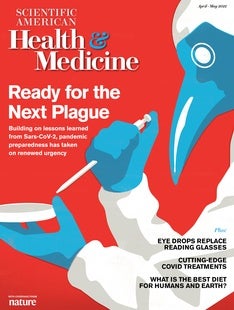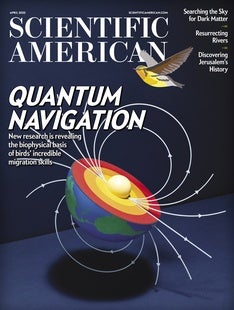 |
| April 12, 2022 |
Dear Reader,
Walking on two legs is harder than it seems—especially for robots. Now researchers have developed a more energy-efficient bipedal bot by using birds, rather than humans, as models. |
| | Sophie Bushwick, Associate Editor, Technology
| |
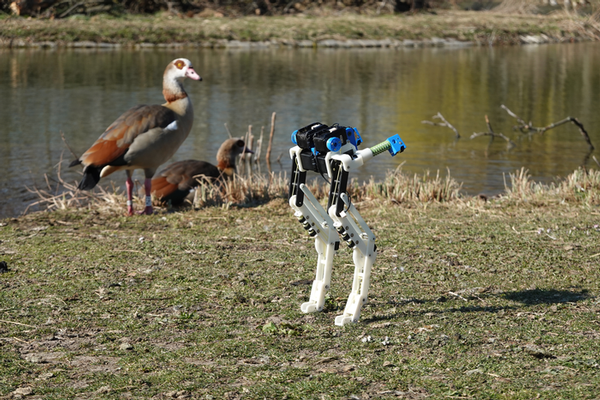 |
| |
| |
| |
| |
| |
| |
| |
| |
| |
FROM THE STORE
 | | | |
| QUOTE OF THE DAY
 "When the sun came up, the first motorists were greeted by an eerie spectacle: 642 crosses marked the precise spots where dozens of animals had been killed by vehicles during the past few years. Each cross displayed the common name of each animal, a drawing of the animal and a QR code that linked to the roadkill incident logged on the citizen science platform Observation International." Menno Schilthuizen, Scientific American | |
| |
FROM THE ARCHIVE
 | | | |
LATEST ISSUES
 |
| |
| Questions? Comments?  | |
| Download the Scientific American App |
| |
| |




